It’s not all doom and gloom in the brain! There’s the positive aspects of Eustress and on the flip side of fear, anxiety and depression, we can feel Pleasure, Happiness and Joy!
If you ask, most people will tell you that their goal in life is to be happy. Indeed the United States Declaration of Independence considers the “Pursuit of Happiness” to be an unalienable right.
But there’s a problem. When most people think about happiness, they’re really thinking about what gives them pleasure and having more of those things. These are by definition, temporal - Aristotle referred to this as Hedonia, which is happiness as pleasure.
Eudainomia, on the other hand is happiness as personal Fulfilment.
Let’s begin with a quick reminder about the six essential human needs and then examining the important differences between the three states: Pleasure, Happiness and Joy.
Six Essential Human Needs Recap
Everyone shares six essential human needs that drive our behaviour to satisfy those needs. When those needs are not being met or they are threatened, our fear, stress and anxiety response kick in.
The more basic the need, usually, the more pressing our response.
For example, freedom needs were being threatened across the globe throughout the COVID pandemic by well-intentioned authorities. At first your response, like most people, was accepting such limitations on your freedom as justified and “for the greater good” (notice how they appealed to your need to belong and transcend and care for others!)
As the weeks and months passed with further restrictions imposed, your freeze, flight or fight response kicked in. Some of you kept your heads down and stayed quiet until the danger passed. Others, with the means, ran off to other countries with fewer restrictions. Others fought against the restrictions risking arrest, fines and worse.
In a moment, we’ll also see how those more basic needs are the key areas of our hedonic pleasures in life. We’ll also see how our higher needs are areas of Eudainomic happiness and joy.
Pleasure
Pleasure is visceral when we enjoy taking something from outside of ourselves, like taking pleasure in eating, having a good massage or receiving an encouraging message from a friend.
Pleasure is short-lived and is experienced alone.
Pleasure can be addictive and may also be achieved through the use of substances.
Pleasure is tied to the neurotransmitter dopamine which fires motivation and desire. The dopamine pathway includes five areas of receptors in your brain:
Happiness
Happiness is ethereal, circumstantial, outward expression and usually involves us giving or serving others, like volunteering to help a charity, organising community events, giving money to someone in need.
Happiness is longer term and experienced in social groups
Happiness is not addictive and cannot be achieved through the use of substances.
Happiness is tied to the neurotransmitter Serotonin which regulates your mood and general well-being. The serotonin pathways touch at least 14 receptor areas in the brain:
Joy
Joy is an ethereal state of mind. It is a choice you make in spite of your circumstances, often manifest as encouraging, giving and serving others.
As a choice, joy is always available to you that overflows to your social groups.
It may be addictive and similar feelings may be achieved through the use of substances (though only for self and not for others).
Joy is linked to the neurotransmitters Serotonin (as happiness) and Anandamide - an endocannaboid fatty acid which binds to the cannabis (CB1) receptors of the brain. These receptors are throughout the brain in the Cortex, Cerebellum, Hippocampus and Basal Ganglia and throughout the body.
The Timeline of Pleasure, Happiness and Joy
As I was researching this, I began to notice a difference in tense people use when considering each facet of these phenomena.
The event(s) is now and in the future, I am choosing to respond appropriately now
#😲 Insight: Pleasure, Happiness and especially Joy appear to be the flip side of fear, stress, anxiety and depression.
It is both difficult to feel pleasure or happiness when you are fearful or stressed AND difficult to feel fear, stress, anxiety or depressed when you are filled with happiness or joy!
Is there a switch in the brain that will help us to do just that?
Yes, there is, and we refer this locus of control as Choosing to Be At Cause or At Effect And that’s what we’ll discuss next.


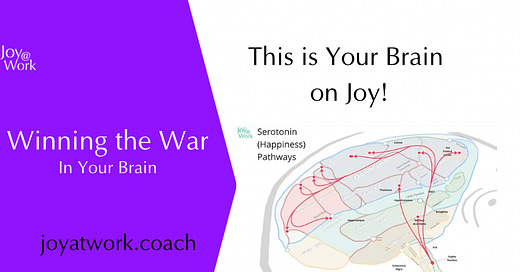
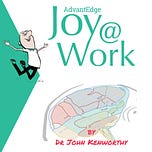

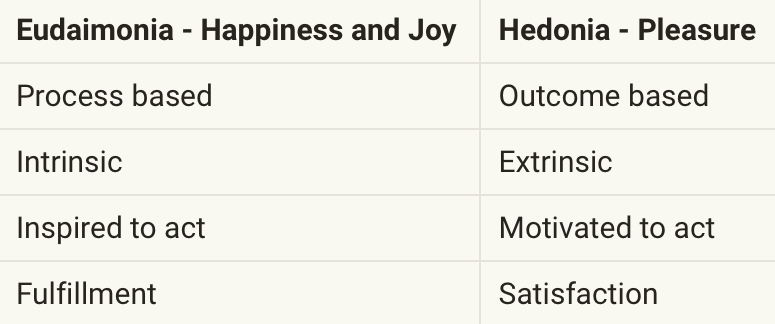
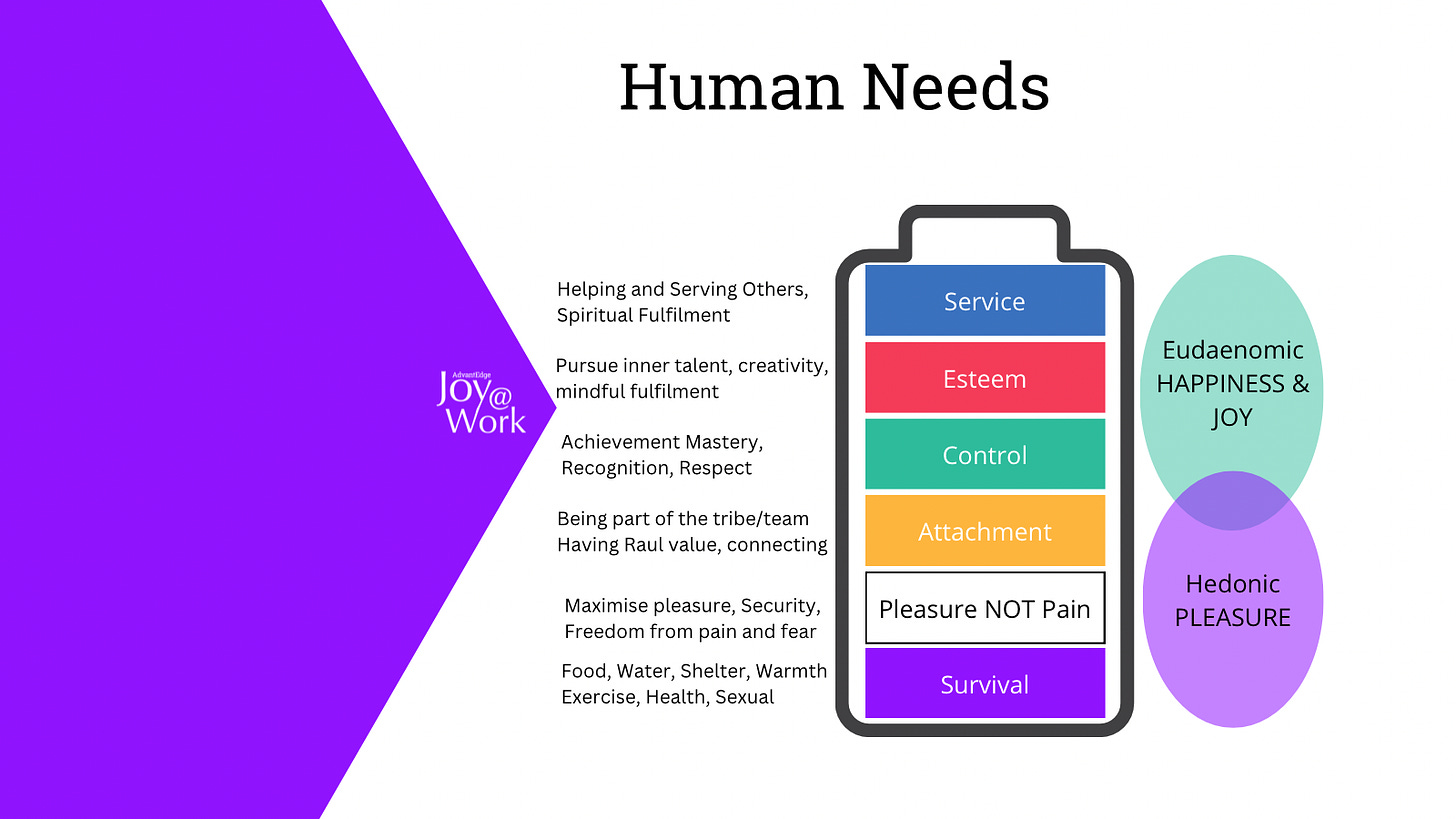

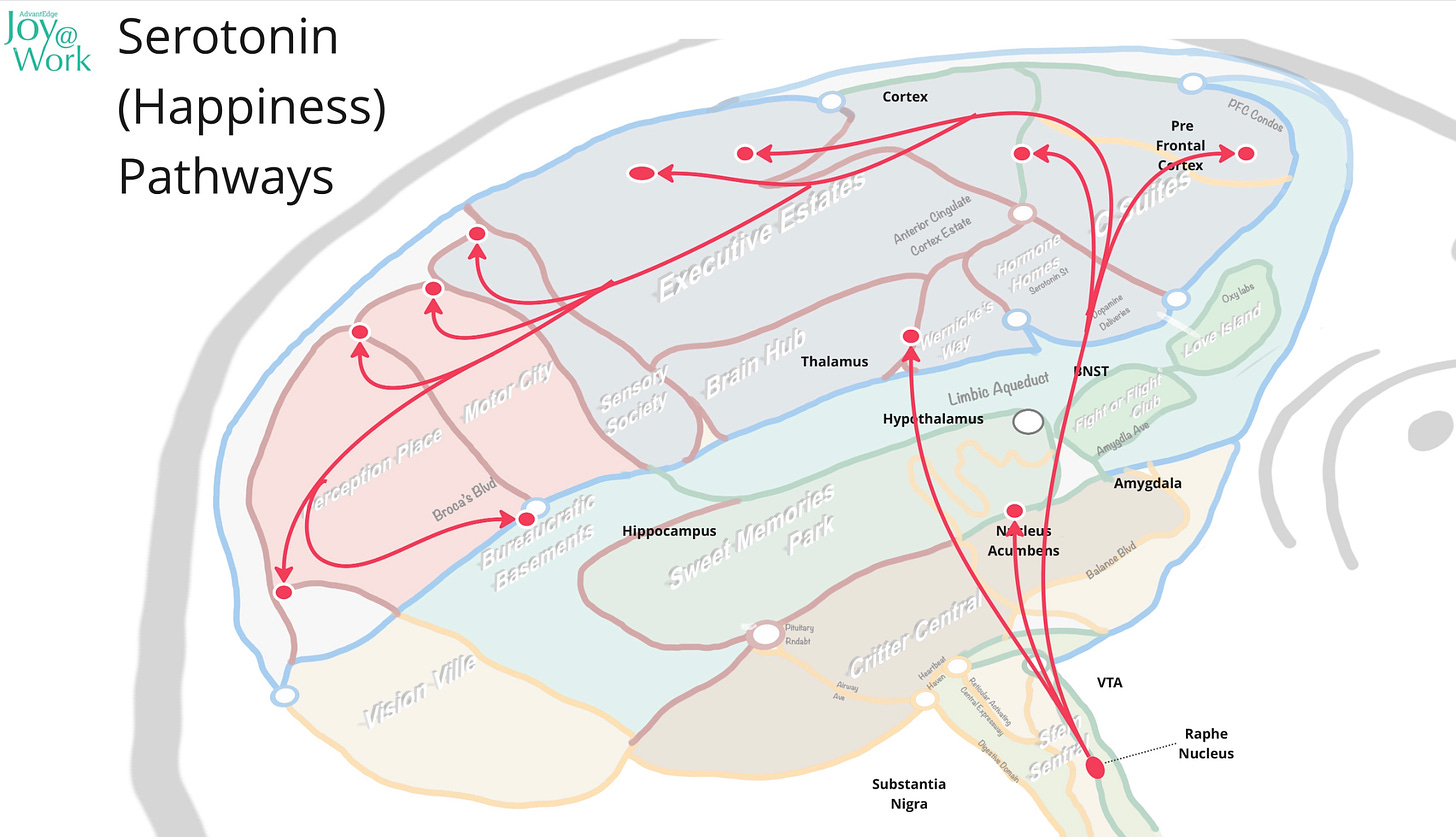


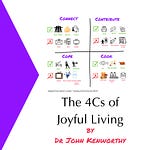

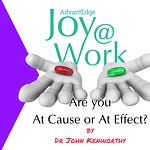
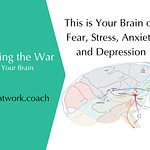
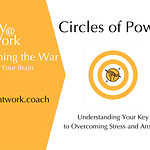
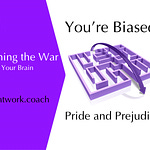
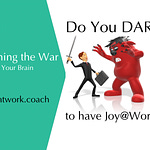
Share this post